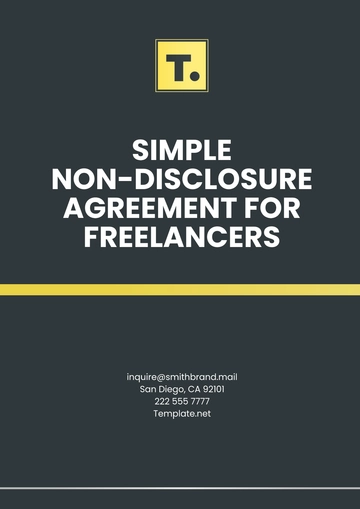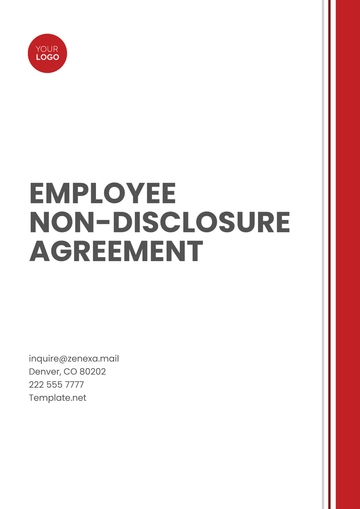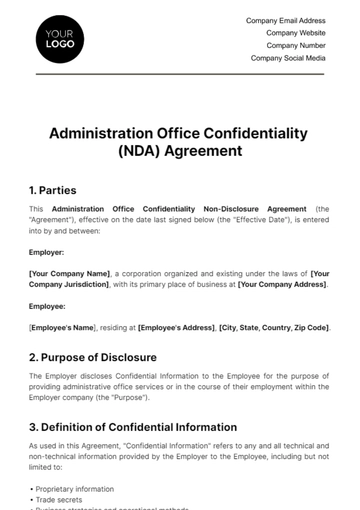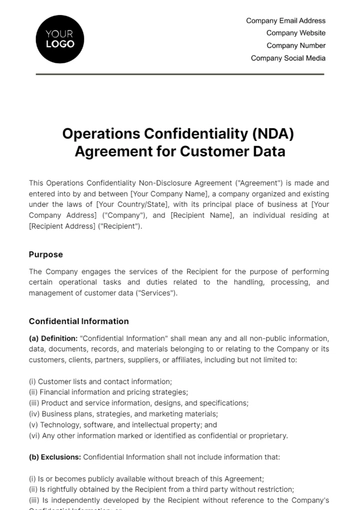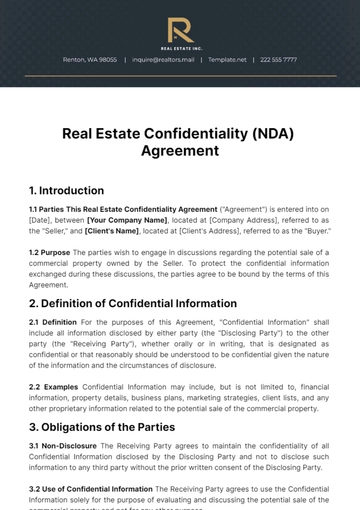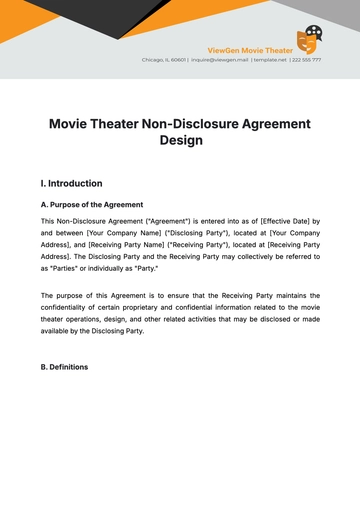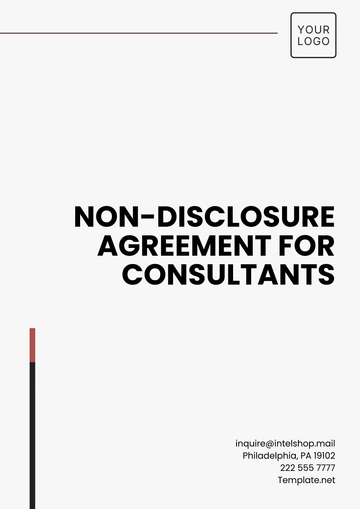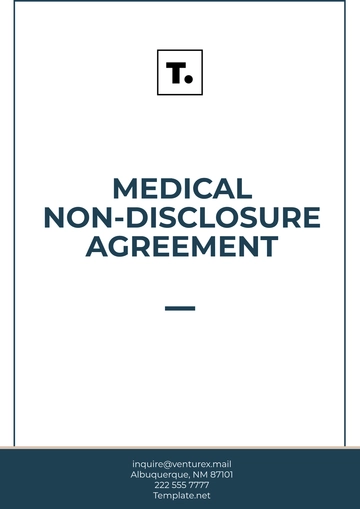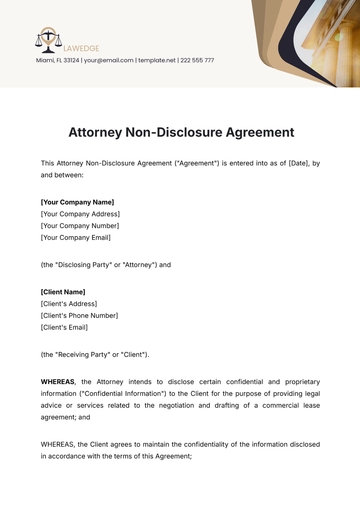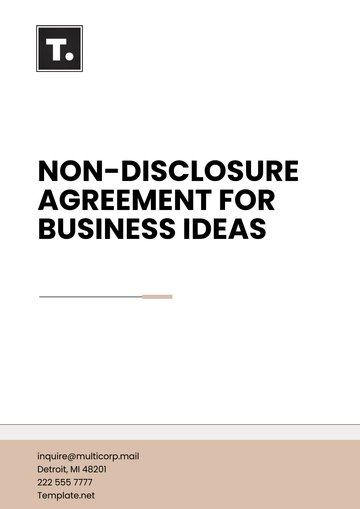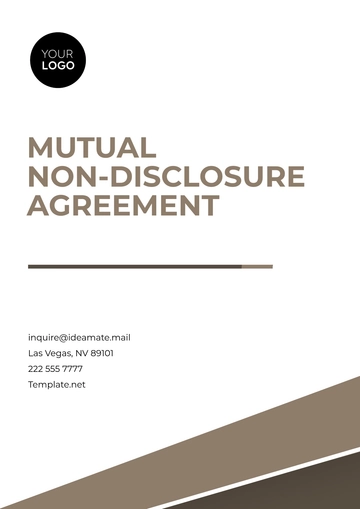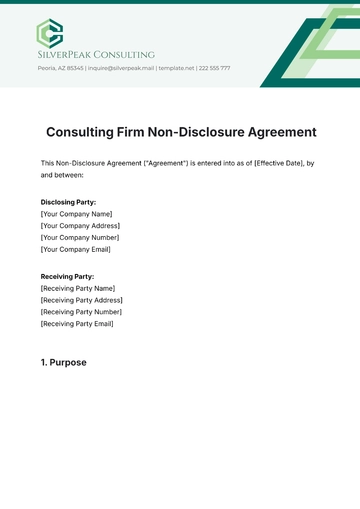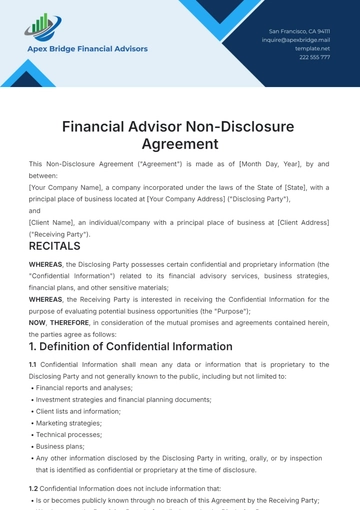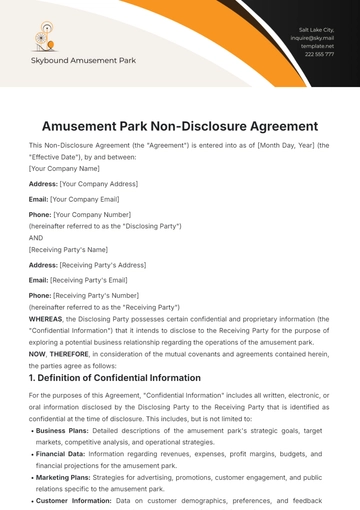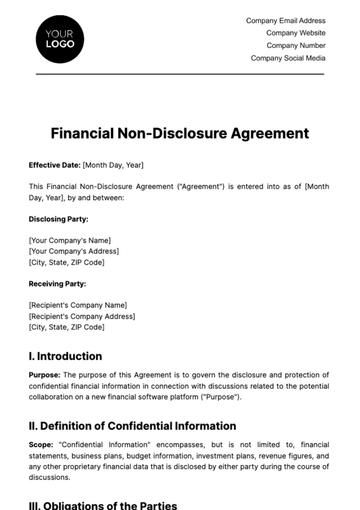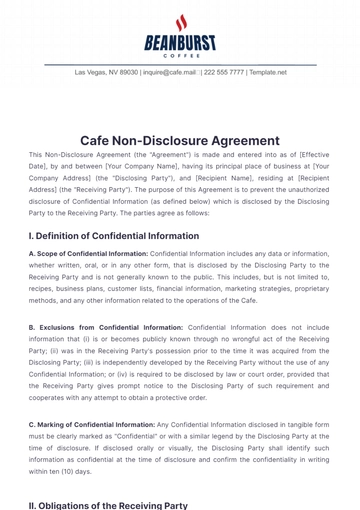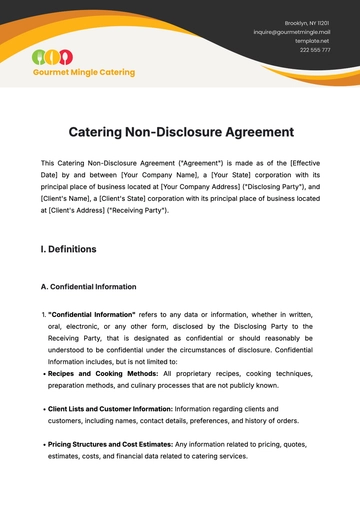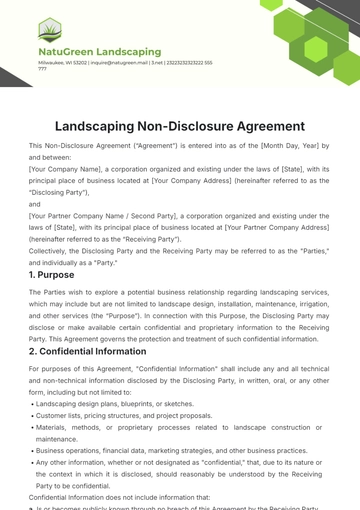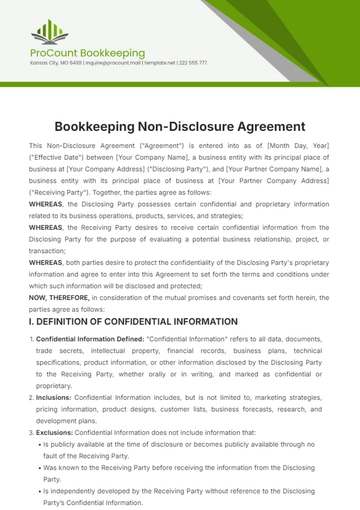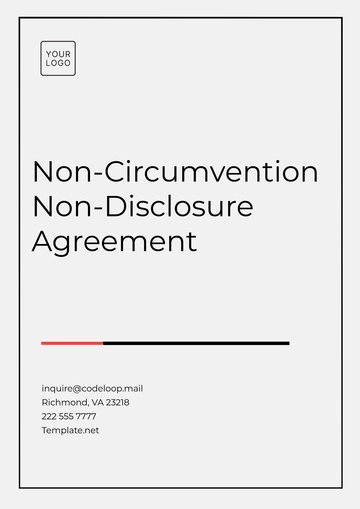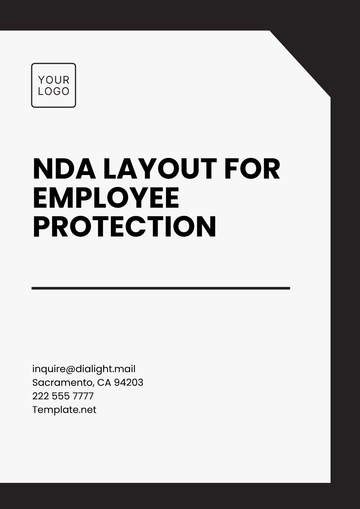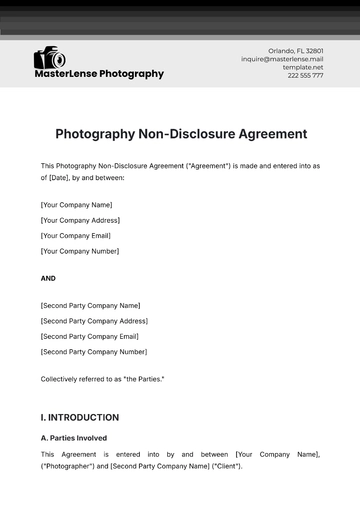Free Real Estate Mold Disclosure Agreement
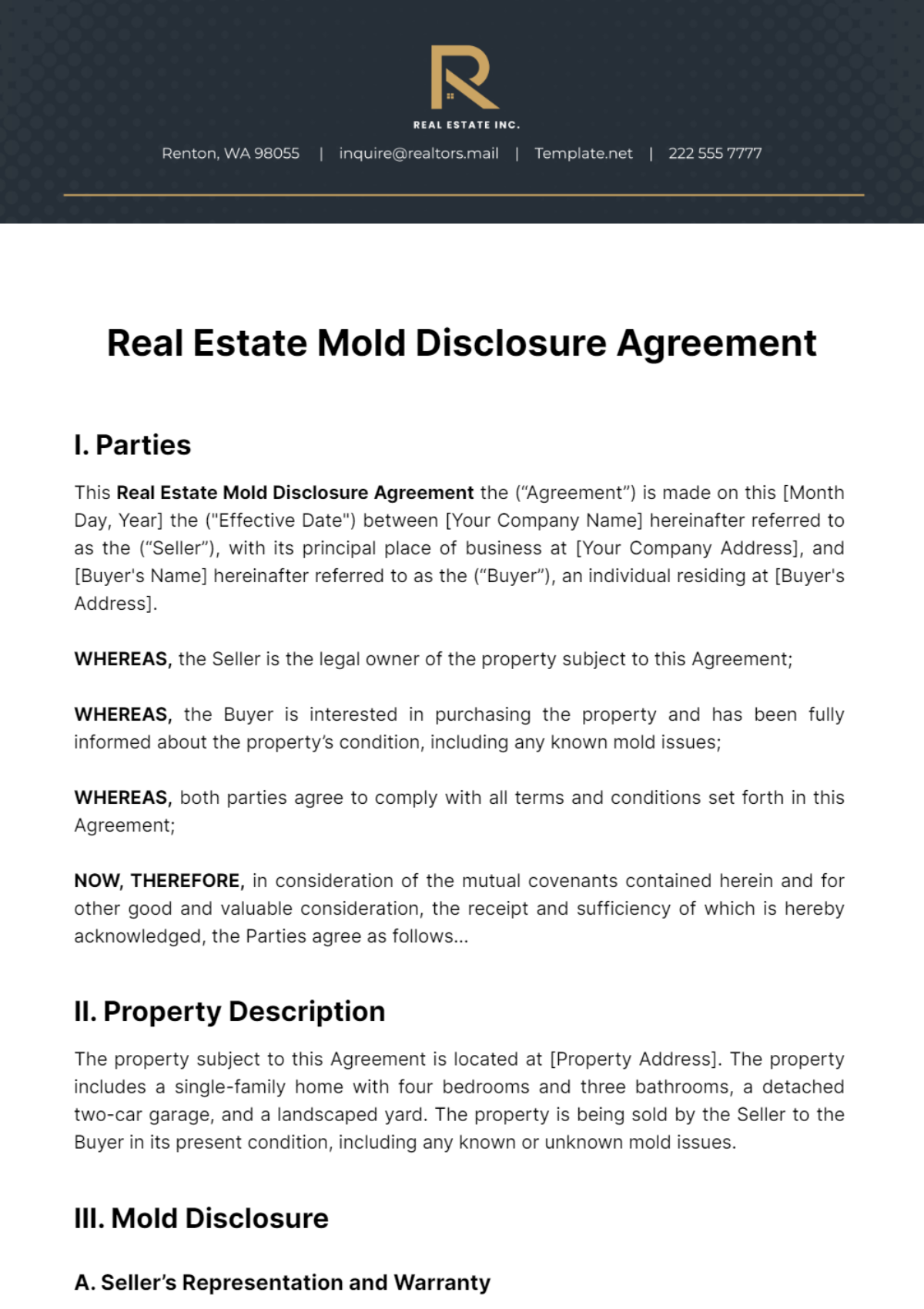
I. Parties
This Real Estate Mold Disclosure Agreement the (“Agreement”) is made on this [Month Day, Year] the ("Effective Date") between [Your Company Name] hereinafter referred to as the (“Seller”), with its principal place of business at [Your Company Address], and [Buyer's Name] hereinafter referred to as the (“Buyer”), an individual residing at [Buyer's Address].
WHEREAS, the Seller is the legal owner of the property subject to this Agreement;
WHEREAS, the Buyer is interested in purchasing the property and has been fully informed about the property’s condition, including any known mold issues;
WHEREAS, both parties agree to comply with all terms and conditions set forth in this Agreement;
NOW, THEREFORE, in consideration of the mutual covenants contained herein and for other good and valuable consideration, the receipt and sufficiency of which is hereby acknowledged, the Parties agree as follows…
II. Property Description
The property subject to this Agreement is located at [Property Address]. The property includes a single-family home with four bedrooms and three bathrooms, a detached two-car garage, and a landscaped yard. The property is being sold by the Seller to the Buyer in its present condition, including any known or unknown mold issues.
III. Mold Disclosure
A. Seller’s Representation and Warranty
No Known Presence of Mold: The Seller represents and warrants that to the best of their knowledge, there is no presence of mold in the property being sold. This representation is based on the Seller’s current knowledge and understanding of the property’s condition.
1.1. Basis of Knowledge: The Seller’s knowledge may be based on their own observations, previous inspections, or information provided by previous owners or tenants.
1.2. Limitations: The Seller’s knowledge is limited to what they have observed or been informed of. There may be mold present that the Seller is not aware of, particularly if it is hidden behind walls, under floors, or in other hard-to-see areas.
Disclosure of Known Mold Issues: If the Seller is aware of any mold issues, they have disclosed these issues to the Buyer. This includes any past mold issues that have been resolved, as well as any ongoing mold issues.
2.1. Past Issues: If there have been past mold issues, the Seller has provided details about the nature of the issue, how it was resolved, and any steps taken to prevent future mold growth.
2.2. Ongoing Issues: If there are ongoing mold issues, the Seller has provided details about the nature of the issue, any efforts to resolve it, and any impact it may have on the property or its occupants.
B. Buyer’s Acknowledgement and Responsibility
Property Inspection: The Buyer acknowledges that they have inspected the property and accepts it in its current condition. This includes any visible signs of mold, as well as any disclosed mold issues.
1.1. Inspection Findings: The Buyer has had the opportunity to thoroughly inspect the property, either personally or through a professional inspector. Any findings from these inspections have been considered in the Buyer’s decision to purchase the property.
1.2. Acceptance of Condition: By proceeding with the purchase, the Buyer accepts the property in its current condition. This includes any mold issues that were visible during the inspection or disclosed by the Seller.
Further Mold Inspection: The Buyer understands that it is their responsibility to conduct any further mold inspection if desired. This includes hiring a professional mold inspector, conducting mold tests, and investigating any potential sources of moisture or water damage.
2.1. Cost of Inspection: The cost of any further mold inspection will be borne by the Buyer. This includes the cost of hiring a professional inspector, conducting tests, and any necessary follow-up inspections.
2.2. Use of Inspection Results: The results of any further mold inspection can be used by the Buyer to negotiate repairs or a price reduction, or to decide whether to proceed with the purchase.
IV. Buyer’s Responsibilities
A. Mold Inspections and Tests
Responsibility for Inspections: The Buyer agrees to perform any necessary mold inspections and tests at their own expense, should they have any concerns regarding mold presence in the property. This includes hiring a professional mold inspector, conducting mold tests, and investigating any potential sources of moisture or water damage.
1.1. Selection of Inspector: The Buyer is responsible for selecting a qualified and experienced mold inspector. The inspector should be certified by a recognized professional organization and have experience with residential properties.
1.2. Conducting Tests: The Buyer is responsible for deciding which tests to conduct, based on the inspector’s recommendations and their own concerns. This may include air sampling, surface sampling, or bulk sampling.
Use of Inspection Results: The results of the mold inspections and tests can be used by the Buyer to make informed decisions about the purchase of the property. This may include negotiating repairs or a price reduction, deciding whether to proceed with the purchase, or planning for future mold prevention efforts.
2.1. Negotiating Repairs or Price Reduction: If the mold inspections and tests reveal significant mold issues, the Buyer may use this information to negotiate repairs or a price reduction with the Seller.
2.2. Deciding Whether to Proceed: If the mold issues are severe and the Seller is unwilling or unable to resolve them, the Buyer may decide not to proceed with the purchase.
2.3. Planning for Future Mold Prevention: The results of the mold inspections and tests can also help the Buyer plan for future mold prevention efforts. This may include identifying areas of the property that are prone to moisture or water damage, and taking steps to address these issues.
B. Understanding of Seller’s Liability
Seller’s Liability: The Buyer understands that the Seller is not liable for any mold-related issues that may arise after the purchase of the property. This includes any mold issues that were not known or disclosed by the Seller at the time of sale.
1.1. As-Is Sale: The property is being sold “as is,” which means that the Seller is not making any guarantees about the condition of the property. The Buyer is responsible for thoroughly inspecting the property and accepting it in its current condition.
1.2. Buyer’s Due Diligence: The Buyer is responsible for conducting due diligence before purchasing the property. This includes conducting a thorough inspection, asking questions about the property’s condition, and consulting with professionals as needed.
Buyer’s Remedies: If the Buyer discovers mold issues after the purchase of the property, their remedies may be limited. Depending on the terms of the sale and the laws of the jurisdiction, the Buyer may not be able to seek damages from the Seller for undisclosed mold issues.
2.1. Legal Advice: If the Buyer discovers significant mold issues after the purchase, they should consult with a lawyer to understand their rights and potential remedies.
2.2. Insurance Coverage: The Buyer may also want to check their homeowner’s insurance policy to see if it covers mold damage. Some policies cover mold damage if it is caused by a covered peril, such as a water leak.
V. Indemnification
A. Indemnification Commitment
The Buyer agrees to indemnify, defend, and hold harmless the Seller from any claims, damages, or liabilities arising from mold-related issues in the property post-purchase. This means that if any mold-related issues arise after the purchase, the Buyer will cover the costs.
Coverage: The indemnification covers all types of claims, damages, or liabilities related to mold. This includes, but is not limited to, the cost of mold remediation, any health-related claims made by the Buyer or their guests, and any decrease in property value due to mold.
Process: If any mold-related issues arise, the Buyer will promptly notify the Seller, assess the issue, and arrange for remediation or compensation.
B. Assumption of Risk
The Buyer acknowledges that they are assuming all risks associated with mold presence in the property. This includes any known or unknown mold issues, and any potential health risks or property damage associated with mold.
Known Mold Issues: The Buyer is aware of any mold issues that were disclosed by the Seller or discovered during the property inspection. The Buyer accepts these issues and assumes the risk of any future complications or costs associated with them.
Unknown Mold Issues: The Buyer also assumes the risk of any unknown mold issues that may be discovered after the purchase. The Buyer understands that mold can be hidden and difficult to detect, and that additional mold issues may be discovered in the future.
VI. Governing Law
A. Governing Law
This Agreement shall be governed by and construed in accordance with the laws of the state of [State Name]. This means that the laws of [State Name] will be used to interpret the contract and resolve any disputes.
Legal Framework: The laws of [State Name] provide the legal framework for the Agreement. They set out the rules and procedures that will be followed.
Consistency: Using the laws of [State Name] ensures consistency in the interpretation and application of the Agreement.
B. Venue
The arbitration will take place in [State Name]. This is the location where the arbitration hearings will be held.
Convenience: Holding the arbitration in [State Name] is convenient for both parties, as it is the location where the contract was signed and where the Landscaper’s services are being provided.
Jurisdiction: [State Name] has jurisdiction over the contract and any disputes arising from it. This means that the courts of [State Name] have the authority to enforce the arbitrator’s decision if necessary.
C. Dispute Resolution
Any disputes arising under this Agreement shall be resolved through arbitration in the state of [State Name]. This means that if the parties cannot resolve a dispute themselves, they will refer the dispute to an arbitrator who will make a binding decision.
Arbitration Process: The arbitration will be conducted in accordance with the arbitration rules of the state of [State Name]. The arbitrator will be a neutral third party who is knowledgeable in real estate law and mold-related issues.
Binding Decision: The decision of the arbitrator will be final and binding on both parties. This means that both parties must abide by the arbitrator’s decision, and it can be enforced in court if necessary.
VII. Signatures
IN WITNESS WHEREOF, the parties hereto have caused this Disclosure Agreement to be duly executed as of the date first above written.
Seller

[Authorized Representative Name]
[Your Company Name]
Date: [Month Day, Year]
Buyer

[Buyer's Name]
Date: [Month Day, Year]
- 100% Customizable, free editor
- Access 1 Million+ Templates, photo’s & graphics
- Download or share as a template
- Click and replace photos, graphics, text, backgrounds
- Resize, crop, AI write & more
- Access advanced editor
A crucial tool in real estate transactions, this customizable Real Estate Mold Disclosure Agreement Template brought to you by Template.net provides transparency in just a few easy edits! This template is made to be editable and can be tailored to specific needs with the AI Editor Tool! Access it immediately!
You may also like
- Lease Agreement
- Non Compete Agreement
- Rental Agreement
- Prenuptial Agreement
- Non Disclosure Agreement
- Operating Agreement
- Hold Harmless Agreement
- LLC Operating Agreement
- Arbitration Agreement
- Purchase Agreement
- Residential Lease Agreement
- Executive Agreement
- Confidentiality Agreement
- Contractor Agreement
- Partnership Agreement
- Postnuptial Agreement
- Collective Bargaining Agreement
- Loan Agreement
- Roommate Agreement
- Commercial Lease Agreement
- Separation Agreement
- Cohabitation Agreement
- Room Rental Agreement
- Child Custody Agreement
- Employee Agreement
- License Agreements
- Settlement Agreement
- Joint Venture Agreement
- Indemnity Agreement
- Subordination Agreement
- Sales Agreement
- Agreements Between Two Parties
- Business Agreement
- Real Estate Agreement
- HR Agreement
- Service Agreement
- Property Agreement
- Agreement Letter
- Restaurant Agreement
- Construction Agreement
- Finance Agreement
- Marketing Agreement
- Payment Agreement
- Investment Agreement
- Management Agreement
- Nonprofit Agreement
- Software Agreement
- Startup Agreement
- Agency Agreement
- Copyright Agreement
- Collaboration Agreement
- Reseller Agreement
- Car Rental Agreement
- Cleaning Services Agreement
- Consultant Agreement
- Deed Agreement
- Car Agreement
- Equipment Agreement
- Shares Agreement
- Data Sharing Agreement
- Advertising Agreement
- School Agreement
- Franchise Agreement
- Event Agreement
- Travel Agency Agreement
- Vehicle Agreement
- Board Resolution Agreement
- Land Agreement
- Binding Agreement
- Tenancy Agreement
- Exclusive Agreement
- Development Agreement
- Assignment Agreement
- Design Agreement
- Equity Agreement
- Mortgage Agreement
- Purchase and Sale Agreement
- Shareholder Agreement
- Vendor Agreement
- Royalty Agreement
- Vehicle Lease Agreement
- Hotel Agreement
- Tenant Agreement
- Artist Agreement
- Commission Agreement
- Consignment Agreement
- Debt Agreement
- Recruitment Agreement
- Training Agreement
- Transfer Agreement
- Apprenticeship Agreement
- IT and Software Agreement
- Referral Agreement
- Resolution Agreement
- Waiver Agreement
- Consent Agreement
- Partner Agreement
- Social Media Agreement
- Customer Agreement
- Credit Agreement
- Supply Agreement
- Agent Agreement
- Brand Agreement
- Law Firm Agreement
- Maintenance Agreement
- Mutual Agreement
- Retail Agreement
- Deposit Agreement
- Land Purchase Agreement
- Nursing Home Agreement
- Supplier Agreement
- Buy Sell Agreement
- Child Support Agreement
- Landlord Agreement
- Payment Plan Agreement
- Release Agreement
- Research Agreement
- Sponsorship Agreement
- Buyout Agreement
- Equipment Rental Agreement
- Farm Agreement
- Manufacturing Agreement
- Strategic Agreement
- Termination of Lease Agreement
- Compliance Agreement
- Family Agreement
- Interior Design Agreement
- Ownership Agreement
- Residential Lease Agreement
- Retainer Agreement
- Trade Agreement
- University Agreement
- Broker Agreement
- Dissolution Agreement
- Funding Agreement
- Hosting Agreement
- Investor Agreement
- Memorandum of Agreement
- Advisory Agreement
- Affiliate Agreement
- Freelancer Agreement
- Grant Agreement
- Master Service Agreement
- Parking Agreement
- Subscription Agreement
- Trust Agreement
- Cancellation Agreement
- Horse Agreement
- Influencer Agreement
- Membership Agreement
- Vacation Rental Agreement
- Wholesale Agreement
- Author Agreement
- Distributor Agreement
- Exchange Agreement
- Food Agreement
- Guarantee Agreement
- Installment Agreement
- Internship Agreement
- Music Agreement
- Severance Agreement
- Software Development Agreement
- Storage Agreement
- Facility Agreement
- Intercompany Agreement
- Lending Agreement
- Lodger Agreement
- Outsourcing Services Agreement
- Usage Agreement
- Assurance Agreement
- Photography Agreement
- Profit Sharing Agreement
- Relationship Agreement
- Rent To Own Agreement
- Repayment Agreement
- Volunteer Agreement
- Co Parenting Agreement
- HVAC Agreement
- Lawn Care Agreement
- SAAS Agreement
- Work from Home Agreement
- Coaching Agreement
- Protection Agreement
- Security Agreement
- Repair Agreement
- Agreements License
